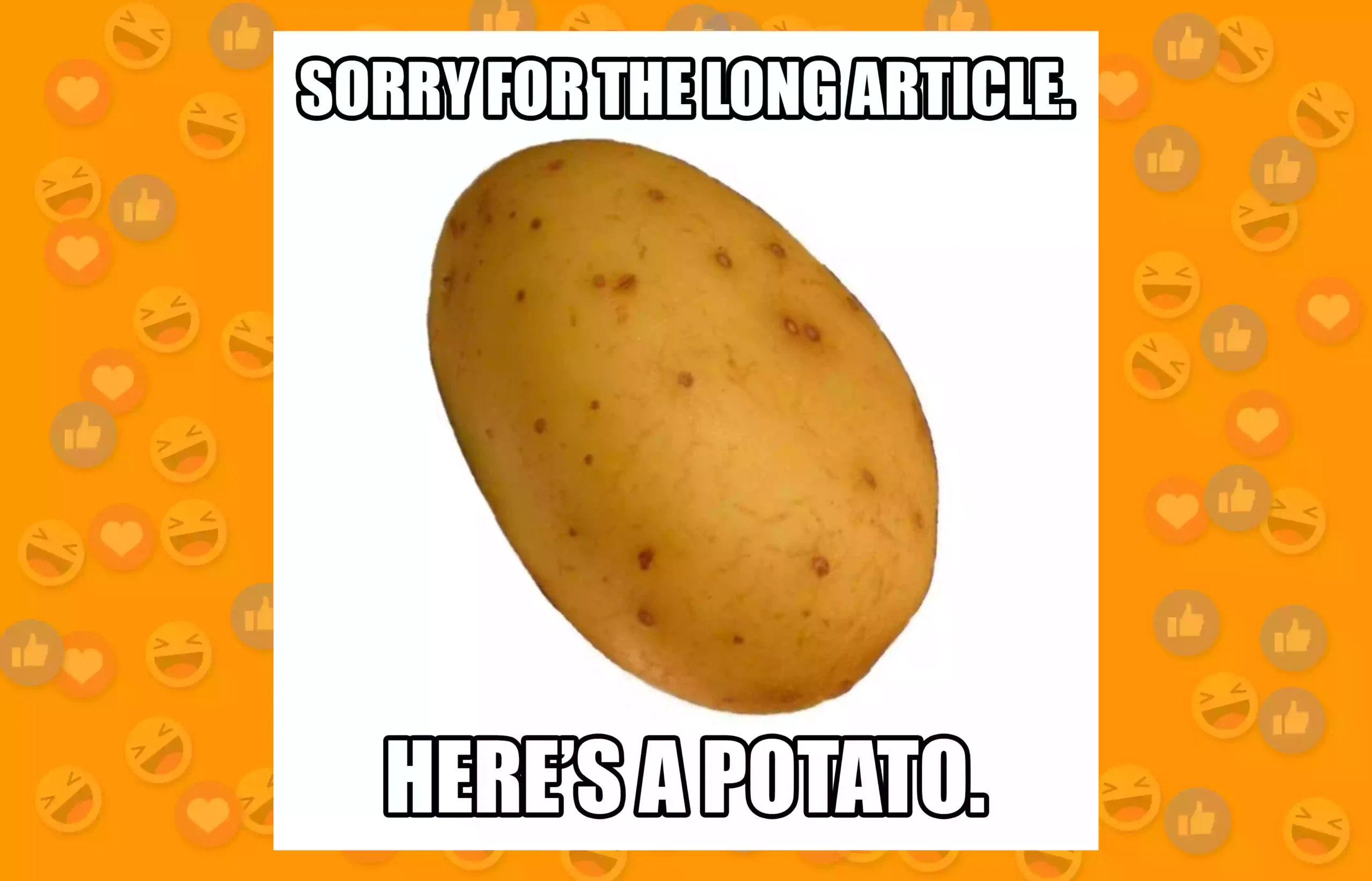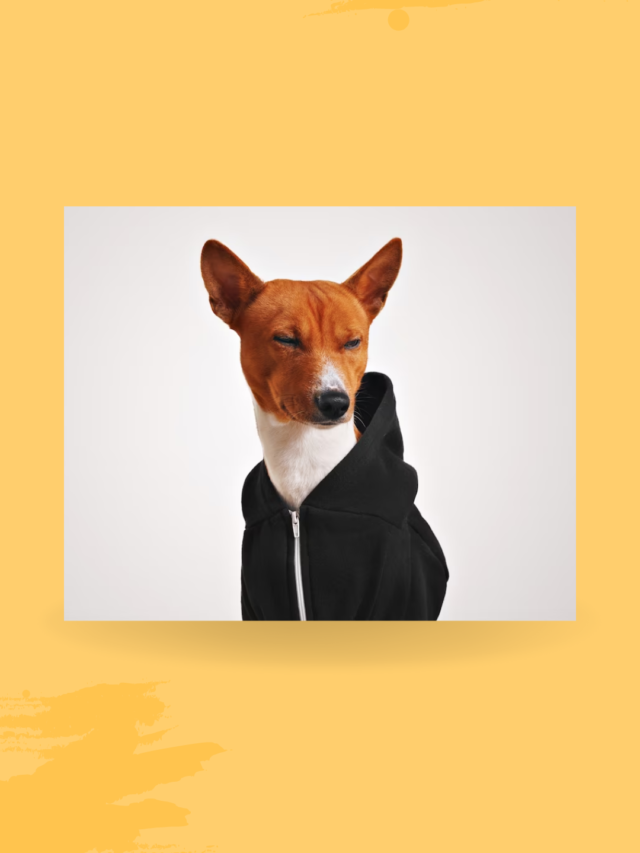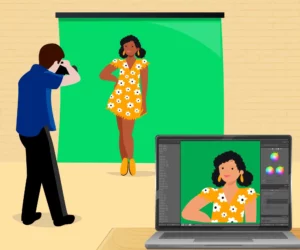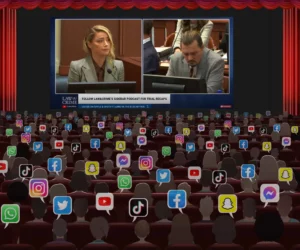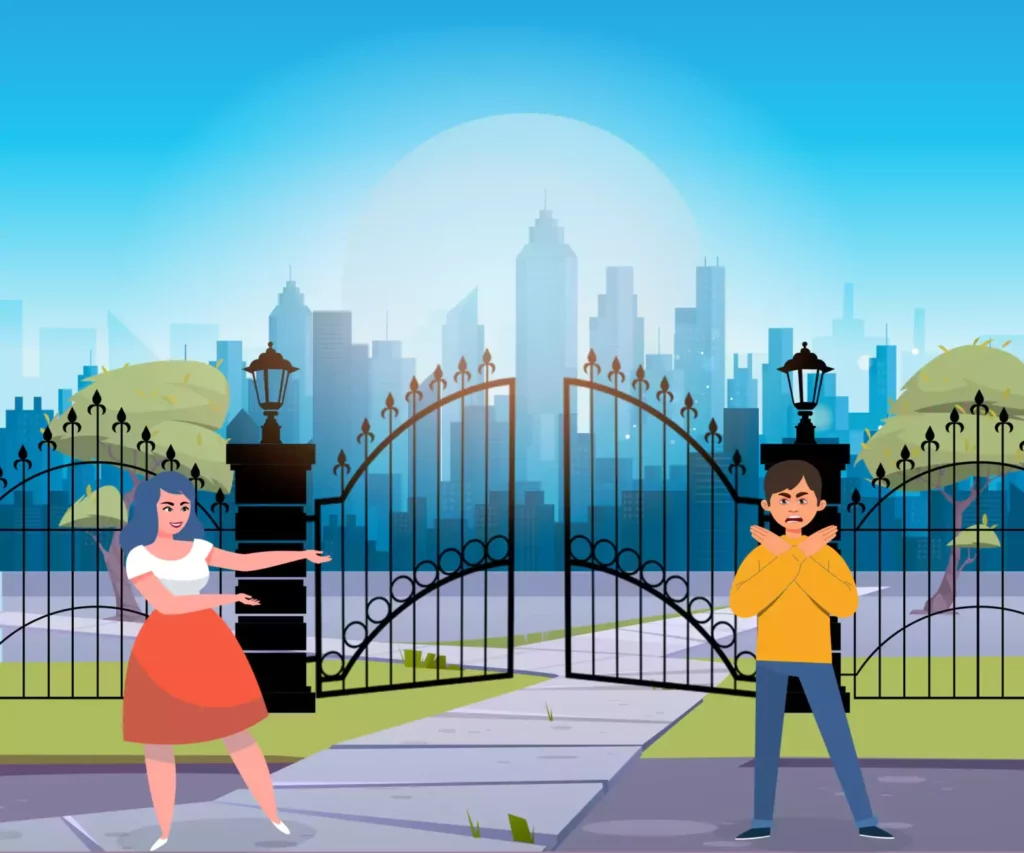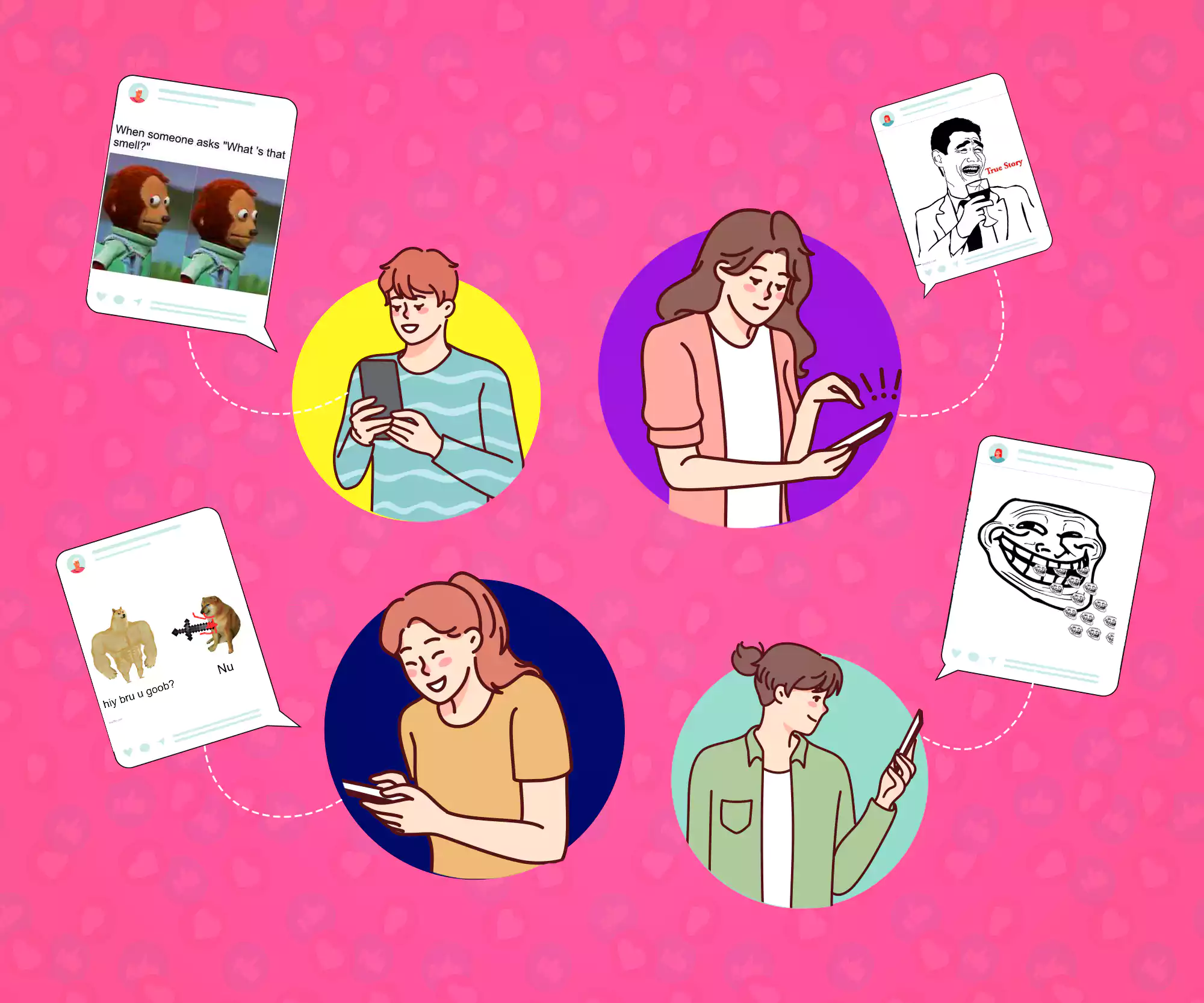
Meme (n): The lighthouse of the internet, bringing comfort and mindless joy into a newsfeed otherwise filled with unrealistic filters, questionable news, and targeted advertisement. Also, a means of self-fulfilment for those who got first place in the fifth-grade caption writing contest.
You know better, but you still reach for your phone when you wake up. Before you know it, you’re mindlessly scrolling down your newsfeed. And there they are—jokes about your favourite TV show, video game, viral event, superimposed over pictures or GIFs of politicians, cartoon dinosaurs, or random individuals. You get that joke in the meme and think, “That’s hilarious, and I’m pretty cool for getting it.” Well, props to you! Now here’s a look at the memes that we know and love.
Memes through the ages
When it first began at the turn of the millennium, memes were just pictures with superimposed text. First, there was the pancake bunny featuring the Japanese rabbit Oolong. People used this meme to imply confusion or incomprehension, as in “I have no idea what you’re talking about, so here’s a bunny with a pancake on its head”. Then, Chuck Norris facts became a thing, inspired, in part, by Conan O’Brien’s jokes about him. These featured fictional facts about the actor that exaggerated his masculinity, prowess, and beard.
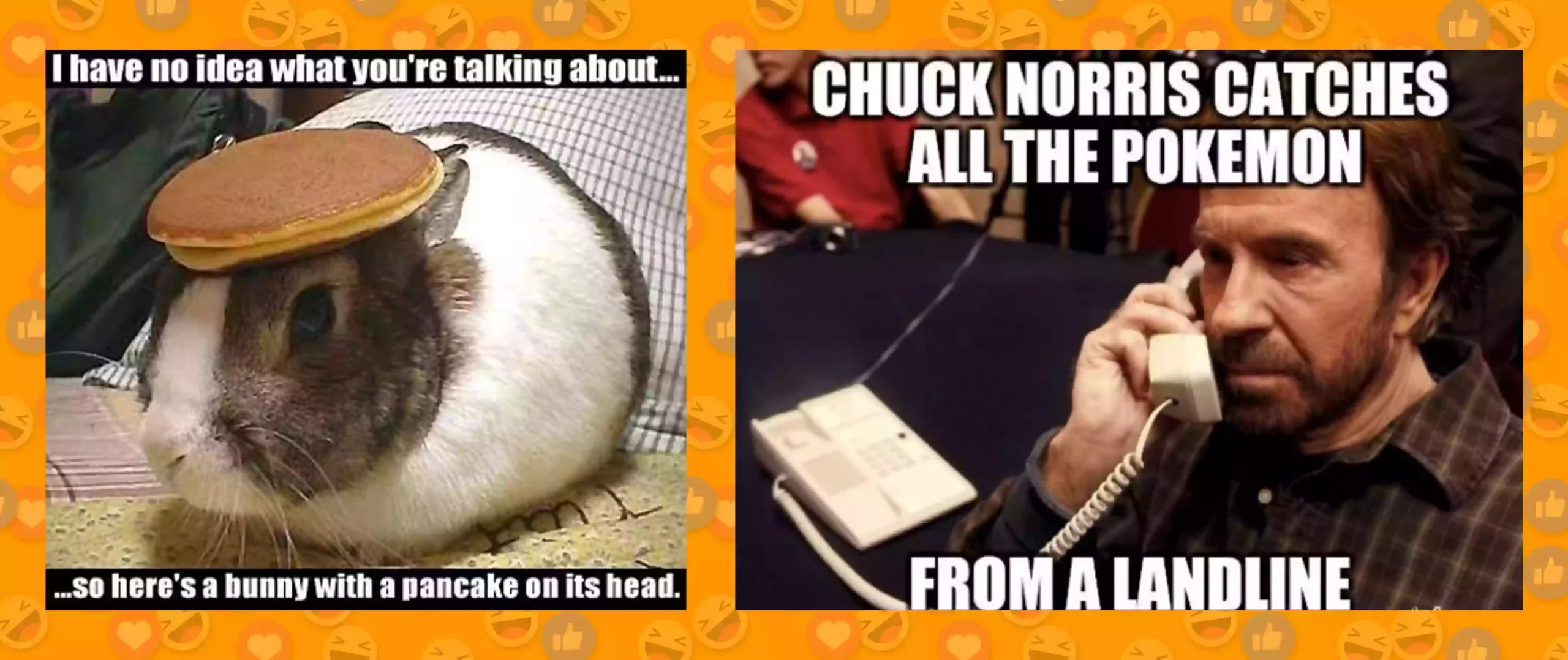
There were also cats all over the place—YouTube’s favourite animal found its way into memes as Lolcats. Of course, Lolcats are just funny pictures of cats with incorrectly spelt text. Then came the ‘rage faces’, those simple Microsoft Paint drawings that are still part of every other meme. And when 2012 came around, and the world didn’t end, we got Grumpy Cat, whose actual name is, in fact, funnier—Tardar Sauce.
Inspiration for memes can come out of just about anywhere. For instance, the varying iterations of ‘Keep Calm and Carry On’ that started appearing around 2007 drew inspiration from World War II public safety posters. Success Kid is a photograph a mom took of her baby holding some sand in his fist with a look of determination on his face. Overly Attached Girlfriend was an enthusiastic Justin Bieber fan participating in a sing-off promoting his perfume, Girlfriend. Scumbag Steve is adapted from the cover of rap group Beantown Mafia’s album, Ma Gangsta.
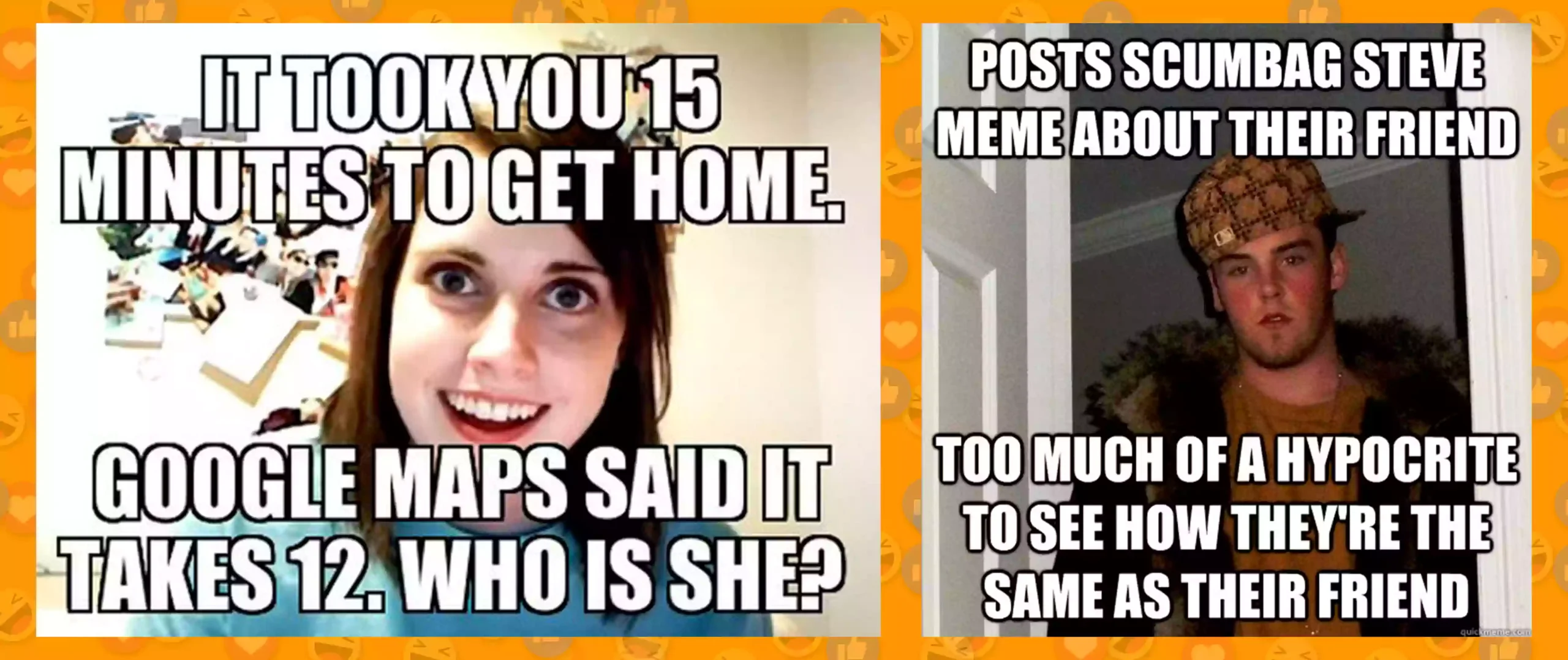
The making of a meme
The meme has come a long way. In his 1979 book, The Selfish Gene, Richard Dawkins introduced the term ‘memes’, referring to them as the cultural parallel to genes. He considered memes as ideas or concepts transmitted from person to person until they permeate popular culture. They then evolve and are further shared and mutated. While this concept is still pretty theoretical, modern memes indeed follow this pattern. Someone makes a meme on their phone; it goes viral and then evolves in meaning and purpose as time goes by. The origins of our favourite memes can often be traced back to users on 4chan, 9gag, or Reddit. As photo and video editing apps grow more advanced, memes now appear in all sorts of formats, from pictures and GIFs to short videos and stickers.
Meme music
Video memes on TikTok and elsewhere have popularised some viral speech bytes to an incredible extent. It’s not uncommon for songs to be known more for the meme they’re associated with than the song itself. Here are some meme music examples that never grow old:
- ‘The Next Episode’ by Dr. Dre, ft. Snoop Dogg used as the Thug Life meme format
- ‘Astronomia’ by Tony Iggy will always be the Coffin Dance song, where a Ghanaian group of suited-up pallbearers synchronise a performance while holding up a coffin
- ‘Oh No’ by Capone to illustrate those ‘uh-oh’ moments
- ‘Better Off Alone’ by Alice Deejay evokes a party mood in an improbable situation
- ‘The Final Countdown’ by Europe is used to showcase unintentionally funny displays of ‘heroism’
- ‘Fluffing like a Duck’ by Kevin MacLeod to capture the essence of pranks gone wrong or ‘epic fails’
- Yakety Sax aka Benny Hill Theme usually accompanies any sped-up routine or chase sequence to enhance its humour
Evergreens
The kids and the pets grow up, and the references get so outdated that no one remembers the original incident anymore, but the memes keep coming back. Here are three of my all-time favourites:
- ‘Blinking White Guy’ is video editor Drew Scanlon’s reaction to gaming guru Jeff Gerstmann saying ‘farming with my hoe’. The meme implies that something made you do an incredulous double-take.
- ‘Jim Halpert Explains’ is a two-panel image from an episode of The Office, with two statements that are supposed to be a premise and a conclusion. Most often, the conclusion is a sarcastic take on the premise. Since The Office gained new viewership during the pandemic, memes based on the show featuring Dwight Schrute and Michael Scott are still in vogue.
- ‘Kermit, the Frog’ memes feature everyone’s favourite muppet staring out of a window, doing something. He could be drinking tea, fishing, looking out a rain-splattered window, exhausted, scrunched-up, or conversing with an evil twin. There’s a Kermit meme for every emotion.

Other notables that have survived through the decade and keep getting resurrected include Galaxy Brain, 3D Human Head, Crying Michael Jordan, Laughing Yao Ming, and Drake No/Yes.
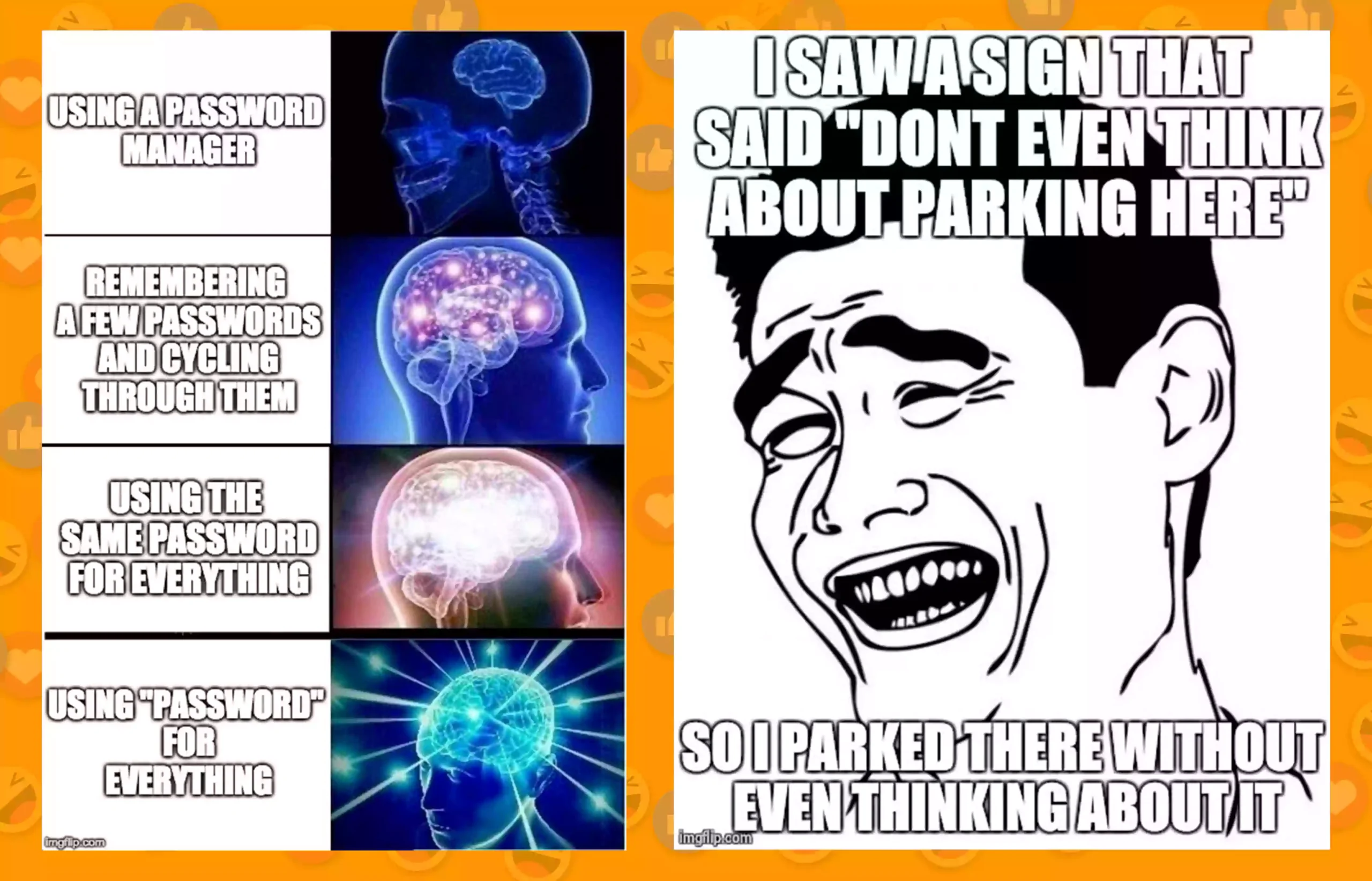
What makes the meme work
The popularity of a meme, like all viral phenomena, is emotionally driven. Posts with positive vibes are more likely to be shared than those with negative messaging. The exception is when it’s very negative, in which case, it could surpass the mildly positive post. Posts that are arousing are more likely to be viewed, which is why sensationalist clickbait works so well. You’re more likely to share if it makes you happy or mad. But sometimes, viewing something arousing can lead you to share something mild that you viewed immediately afterwards, making this whole thing even more arbitrary. Sometimes, you share something because you love the person that first shared it. The resulting informational cascade then leads to a bandwagon effect, which in the best cases, can spark revolutionary movements, and in the worst cases, can promote cancel culture and hate.
A meme too much
Earlier this year, Will Smith smacked Chris Rock onstage at the Oscars. And the memes were EVERYWHERE! Until the Johnny Depp-Amber Heard trial came around. And then it was ‘Amber Turd,’ memes rhyming with Heard’s ‘My dog stepped on a bee’. Reenactments of her somewhat dubious testimony went viral, and there were even memes hashtagged ‘mepoo’. Memes reflect the public mood and contribute to elevating that mood, darkening and lightening it in the way that comedy often does. At some point, of course, it can all go a bit too far.
While most memes are light-hearted, sarcastic, and sometimes self-deprecating, there have been instances where they were used for hate speech, racism, and xenophobia. Pepe the Frog, for example, has been misused by white supremacists and the Trump campaign. Trollface is another meme that is now associated with Nazi imagery. But really, it’s just as easy to make a racist meme as any other. Original creators and personalities featured in the meme can find themselves implicated in propaganda they do not want to be associated with. This reminds me of when they used a Sansa Stark picture to say, ‘Do it right, date and marry white,’ to which the actor Sophie Turner reacted, ‘Ew. Please don’t use me to promote racism.’ To combat this issue, online groups and AI developers are now devoted to detecting and stopping hate speech in meme form.
Disregarding the rotten apples who would take the postmodern human’s favourite pastime and poison it, memes are the mindless, mirthful moments that make our day the littlest bit lighter. Sure, it’s probably not a good idea to spend a lot of time scrolling down your newsfeed. Still, a little innocent smirk in the middle of the workday never hurt anyone.
